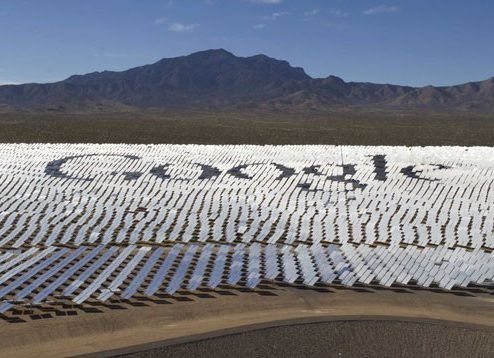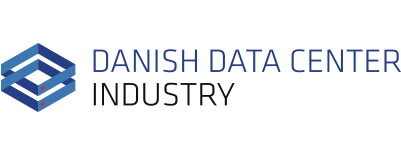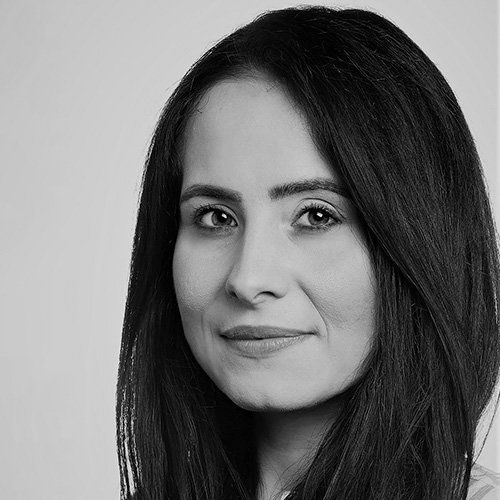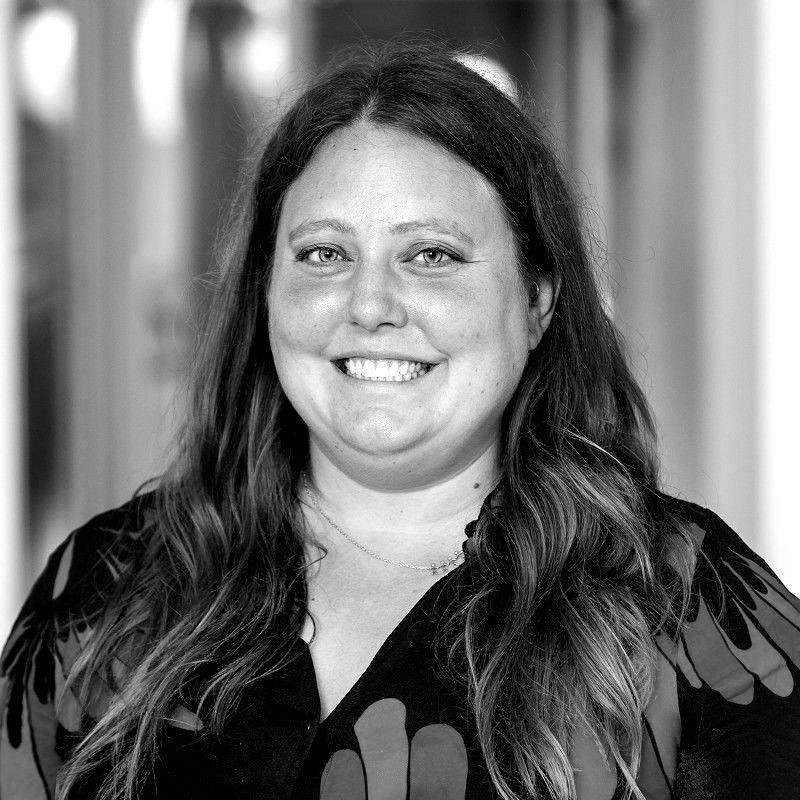With a joint push of a huge “Like button”, Facebook’s new data center in Odense, Denmark, was put into operation on 12 th September 2019. DDI looks at the impact of the data center on a local and national plan, and what other local communities should factor in when attracting data center builds to their regions.
The opening of the Facebook site in Odense highlights that data centers can be run “the green Danish” way, given that the entire energy consumption of the data center is powered by renewable energy, whilst the surplus heat is set to heat 6,900 households in Odense.
“We are always looking for innovative technology for our infrastructure, and we are impressed about the reuse of the surplus heat project. We therefore want to look at how we can use and implement similar solutions across our global CO2 emissions,” said Facebook Vice President Rachel Peterson at the inauguration ceremony in Odense.
The Danish Minister of Climate, Energy and Utilities, Dan Jørgensen, who also participated in the inauguration, was also full of praise for the unique Danish solution with focus on recycling of surplus heat.
Facebook data center – facts and figures
So, what does a data center do to the local and regional community? People working within IT know exactly what a data center is and what it takes to run the actual center. But what do the local communities and their politicians, who are competing for new data center investments, get out of a data center deal?
The internet giant commissioned IHS Markit to evaluate the economic contribution of Facebook’s European data centers in their respective countries from 2011-2018 (IHS Markit 2019) as highlighted in below figure.

Source: The Economic Contributions of Facebook Data Centers in Denmark, Ireland & Sweden, IHS Markit 2019
The study highlights Facebook’s contribution to Denmark’s economy through its capital expenditures (construction and equipment), operational expenses and direct wages. In addition to these figures, Facebook highlights its contributions to renewable energy targets as well as their Community Action Grant Programme.
What is yet to be factored in those numbers, are the operational expenses once the facility is completed, as well as investments in lifecycle management of the equipment and servers, as a typical data center requires a refresh every 5 years or so. The Facebook site in Odense is expected to create approximately 170 permanent jobs.
Jobs vs. capital investment vs. innovation – the data center effect
During the construction phase, data centers support a significant amount of jobs. However, once the facility is built, permanent jobs can typically range from anything from 5 to 150+ people depending on the facility. In comparison, headquarters, manufacturing plants or other type of shared services, could easily bring well over 1,000 jobs to a local community instead. Thus, many critics wonder why incentives are being offered to companies building data centers, given their low employment rates?
A key goal for policy makers, from a city level to a national level, is to grow tax revenues, and one way to do this is through job creation. This is where capital investment should be considered when discussing the benefits of data center investments. Capital investment is also a driver of tax revenue growth, which is often overlooked.
As highlighted by the Odense facility, data centers are highly capital-intensive. Significant investments go into construction, purchasing of equipment, materials, power consumption, direct local expenditures and more. Whilst one can argue that these are temporary, data center builds can often last from 5-10 years, which is a significant period of time a local community’s economic activities are stimulated.
Long term impacts and spillover effects should also not be ignored. Data center operators tend to upgrade the surrounding infrastructure to meet their requirements, which often includes roads, water, sewer and power infrastructure systems. These infrastructure developments also tend to support a boost in employment in those sectors.
Finally, data centers tend to seek out locally inspired solutions, new innovations and approaches to their energy and operational efficiencies. From using local vendors, to finding solutions such as the heat recovery project, data centers can indeed inspire and be inspired by their local communities.
A nation or region should therefore (if not more) be motivated to attract data center developments, as it would in any other typical economic development project, given the significant benefits to the economy and local infrastructure systems.
A warm welcome to Facebook in Odense – we are delighted that you placed your facility in Denmark and chose to run it the “green Danish way”.



DDI
Contact us


